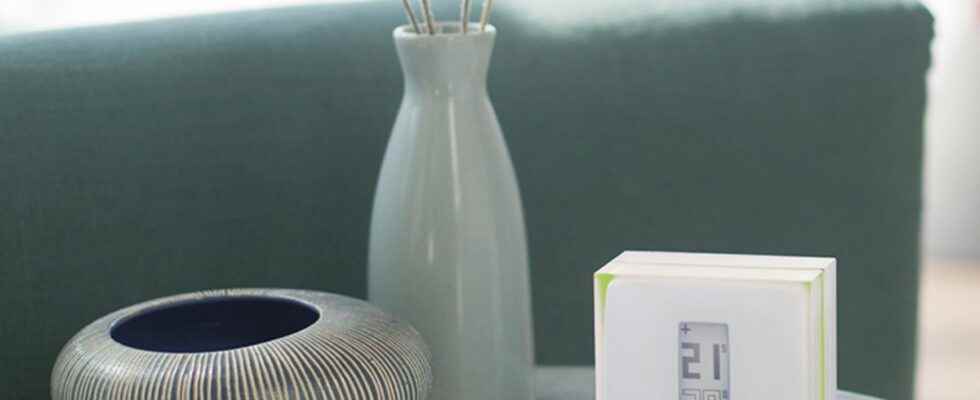“Last year, I convinced my partner not to heat the house anymore. With the exception of two or three times when we had friends over, we managed to get through the whole winter of 2021 without turning on the heater. It was naturally 15 or 17 degrees in our accommodation. At the time, our windows were fitted with single glazing, but it turned out very well“, says the Brussels architect Denis De Grave, interviewed by ETX Studio.
And the result can be clearly seen on the gas bill: €55 for the whole year! As winter approaches, the couple is about to start their second winter without turning on the radiator valve.
Water is also used in a reasoned way: “We have abandoned the principle of automatic shower every morning or every evening: we favor the moments when we feel the need, if we have done sports for example. We also take our showers together as much as possible. When you start to wonder about your energy consumption and heating method, you quickly look at other items of expenditure. Once you’ve opened your eyes about something, it’s hard to pretend about the rest“, explains Denis De Grave.
It must be said that this new, less energy-consuming way of life is an integral part of his job. Because in addition to being an architect, Denis De Grave is also a research assistant at the Catholic University of Louvain, co-founder and coordinator of the SlowHeat project. Conceived with his colleague Geoffrey Van Moeseke (architect engineer at UCLouvain), SlowHeat is both a citizen collective and a co-research program funded by the public body Innoviris, which funds and supports research and innovation in the Brussels-Capital Region. “In Brussels, and in Belgium in general, a huge majority of heating is carried out by gas. We have therefore been thinking in 2018-2019 about methods to achieve energy savings“, explains Denis De Grave.
Adapt your activities according to the ambient temperature (and not the other way around)
A reflection initially centered around the climate crisis, which is all the more important at a time when the energy crisis is added. Their basic premise? Work on the vast project represented by the issue of urban resilience in the Brussels region, by tackling the heating of housing. Those who are chilly to whom just reading these lines give goosebumps can be reassured: the objective is not to live at home frozen in cold all winter long, but rather to find alternative heat methods. What passes above all by the heat of the body, explains Denis De Grave.
“The idea is to keep in mind that energy has a value and that we can consume it in a reasoned way, for example we can avoid heating a space of 50 square meters while we stay on our sofa. For example, we will not invest directly in heated sofas, but rather put on a sweater and close the doors to keep the heat in as much as possible when it starts to get cold.“.
One of the other important aspects, according to the architect, is to adapt the activities that we practice according to the temperature. “Why not focus on reading a book on weekends during the day, when there is sunshine, rather than in the evening when you risk being cold? We often have the reflex to adjust the thermostat of the radiator according to the activities we have planned, rather than according to the natural temperature of our home. Especially since several solutions are available to us: hot water bottles, heating blankets, etc.“, he enumerates.
Rethinking the notion of thermal comfort
The idea behind SlowHeat is also to “make the request for heat a conscious and controlled act rather than an automatic one“. By browsing the scientific literature, the members of the collective have identified a set of methods which consist in heating the body rather than the housing. For example with a bracelet heated to 30 degrees which, placed around the wrist, would make it possible to compensate for a loss temperature in the air that can rise to two or three degrees.”The consumption generated by this type of electrically heated bracelet would amount to 2 to 5 watts, or the equivalent of half an LED bulb. While a conventional water heater can consume 1500 watts when turned on“, specifies Denis De Grave.
The collective’s approach therefore goes much further than a simple change in behavior which would consist of covering pots when cooking or limiting the temperature of one’s home, but to adopt a whole set of methods to make it a real practice. , even a way of life. “It’s a bit like going from the car to the bike. We adopt a different mobility, which costs less in energy and money, with different advantages and disadvantages, but just as efficient as the other”, compares Denis De Grave.
“There is no magic recipe: everyone must experiment with things on a daily basis to find the right balance, according to their needs and constraints.“, adds the architect.
